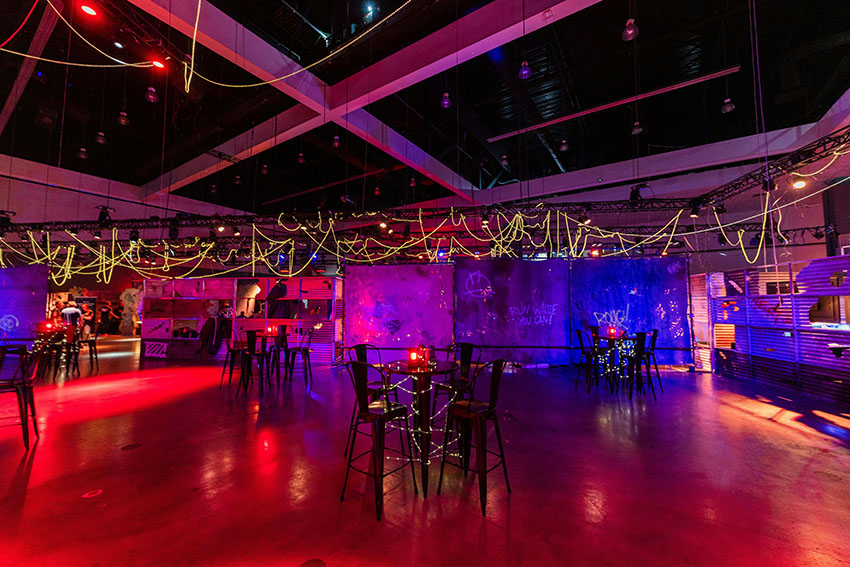Themed events offer a creative way to engage guests and make your celebration truly unforgettable. Whether it’s a corporate party, a private birthday, or a community festival, a well-executed theme adds personality, energy, and structure to the entire experience. However, successful themed events require more than costumes and matching colors—they demand smart planning and thoughtful details.
In this article, you’ll learn how to design a themed event that feels fresh, cohesive, and memorable.
Choose a Theme That Fits the Audience and Purpose
A great theme starts with a clear understanding of your attendees and your event goals. Ask yourself:
- What is the tone of the event—formal, fun, nostalgic, or inspiring?
- What kind of guests are attending—corporate professionals, families, students?
- Will the theme add value or just feel forced?
Some popular and adaptable themes include:
- Tropical luau
- 1920s Gatsby party
- Masquerade ball
- Casino night
- Hollywood red carpet
- Futuristic tech showcase
- Vintage carnival
The theme should enhance the experience, not distract from it.
Create a Cohesive Visual Identity
Once your theme is chosen, build a consistent visual style that ties everything together. Focus on:
- Color palette: Stick to 2–3 main colors that align with your theme
- Typography: Use themed fonts for signage, invitations, and displays
- Decor elements: Use textures, materials, and props that reflect the theme (e.g., velvet for vintage, chrome for futuristic)
Don’t forget digital elements. Your emails, website, and social media graphics should all match the theme’s look and feel.
Incorporate the Theme in Invitations and Communication
The theme should be clear from the very first guest interaction. Use your invitation to build anticipation by:
- Using themed language and imagery
- Including dress code suggestions
- Offering a teaser of what to expect
If using digital invitations, you can also include music, animation, or video elements that match the theme.
Plan Entertainment and Activities That Match the Theme
Interactive experiences are what make a themed event truly memorable. Choose entertainment that enhances the concept, such as:
- Live jazz for a 1920s event
- DJs and LED dancers for a neon party
- Magicians or illusionists for a fantasy or mystery night
- Casino tables for a Vegas theme
- Cultural performances for heritage-themed events
Work with vendors or artists who have experience adapting to themes—they often have ideas and props ready to go.
Design a Menu That Complements the Theme
Food and drinks are another opportunity to immerse your guests in the atmosphere. Consider:
- Renaming menu items to fit the theme
- Serving regional or era-specific cuisine
- Designing a signature cocktail that matches the event vibe
- Using creative plating or bar displays
You don’t have to change the entire menu—just a few thoughtful touches can make a big impression.
Encourage Themed Attire and Provide Accessories
The more your guests participate, the more memorable the event becomes. You can:
- Suggest a dress code aligned with the theme
- Offer costume rentals or discounts through a partner vendor
- Provide themed accessories at the door (e.g., masks, hats, glow sticks)
Always include inclusive options for those who may not want to dress up, and keep it comfortable for all guests.
Use Lighting and Sound to Reinforce the Mood
Lighting and audio are powerful tools for setting the tone:
- Use uplighting, string lights, or LED installations based on the theme colors
- Play themed background music during transitions and downtime
- Sync lighting effects with performances or major moments
- Use scent machines or subtle aromas for sensory enhancement (e.g., ocean breeze scent for a tropical theme)
Even budget-friendly lighting can completely transform a space when used creatively.
Create Photo Opportunities and Social Media Moments
Guests love taking photos at themed events, and your event’s online reach will benefit from it.
Set up:
- A photo booth with themed props and a branded backdrop
- A hashtag or geotag for social media sharing
- A roaming photographer capturing candid shots
Consider printing photos on-site or offering digital access afterward—it gives guests something to remember and share.
Keep the Flow Organized and On Brand
While creativity is key, don’t overlook structure. A successful themed event still needs:
- A clear timeline
- Smooth transitions between activities
- Staff trained to stay in character (if applicable)
- Signage and instructions consistent with the theme
From check-in to final goodbye, the guest journey should feel intentional and well-managed.
Give Guests a Themed Takeaway
Send attendees home with a small, theme-related gift such as:
- Mini bottles of wine or perfume
- Custom cookies or candy bags
- Postcards, magnets, or small decor items
It doesn’t need to be expensive—just something that reminds them of the experience.
Final Thoughts
A themed event, when thoughtfully executed, becomes more than just a party—it becomes a story guests step into and remember for years. By aligning every detail with your chosen concept and putting guest experience first, you’ll create an atmosphere that’s both immersive and authentic. With careful planning and creativity, your next themed event will stand out for all the right reasons.
